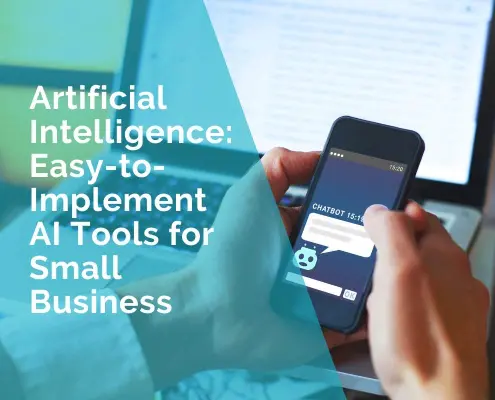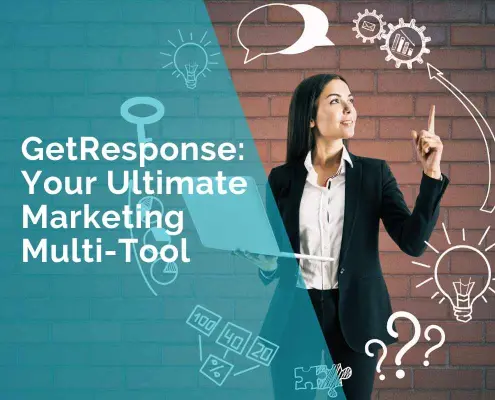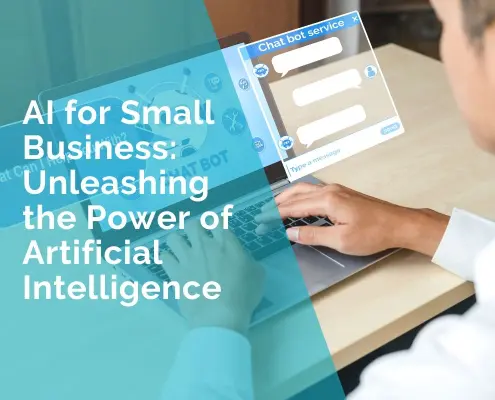Embracing a Minimal Beginning: The Power of MVP in Software Development
The tech industry’s dynamic nature demands agility and precision, which are ideally met by the concept of a Minimum Viable Product (MVP). The strategic utilization of an MVP in software development allows businesses to launch with minimal yet highly focused features to garner user responses and validate their business concepts. But why exactly is starting small so advantageous before scaling your software product? Let’s navigate the multifaceted benefits of employing mvp app development services, offering a launching pad for thoughtful, scalable, and successful software products.
What is an MVP, and Why is it Critical?
An MVP stands for Minimum Viable Product. In software development, an MVP is a new product version that allows a team to collect the maximum amount of validated learnings about customers with the least effort. Unlike beta versions of software, which are typically more polished and closer to the final version, an MVP focuses on the essential features required to solve the core problem for its target users and nothing more. The goal is to launch a product quickly and begin the learning process as soon as possible.
MVP development is significant because it effectively tests, validates, and iterates on business concepts and gauges the prospective market’s interest in the product. It provides real-world proof of concept and reduces the guesswork, with actual user data guiding the way forward. This strategic approach significantly reduces time and investment in the early stages of product development, setting a stable groundwork for future enhancement and scalability.
Early Validation of Ideas
Testing the Core Concept
Launching an MVP means getting your product into customers’ hands fast. This enables you to test whether your product solves the problem it is intended to address. The immediate feedback gained from the initial users is invaluable and often provides a more accurate picture of the product’s viability and the changes needed than any market prediction model could.
Real-world Examples: Dropbox and Airbnb
Consider Dropbox, for example, which started with a simple video demonstrating its file-syncing concept before building the technology. This MVP strategy allowed them to validate user interest by measuring sign-ups, effectively proving the concept before executing it. Similarly, Airbnb initially launched by renting out space in their apartment to assess the market’s interest in peer-to-peer accommodation sharing. These examples show that MVPs do not help validate the idea technically, functionally, financially, and strategically.
Cost-Efficient Development
Focus on Essential Features
Focusing solely on essential features reduces complexity and avoids the common pitfall of investing heavily in features that do not align with user needs. This precision speeds up the development process and significantly reduces costs; instead of casting a wide net with more features, an MVP hones in on the core solution, utilising fewer resources for a more significant impact.
Financial Benefits of Tested Investment
Developing an MVP is less financially burdensome than launching a fully featured product. MVPs provide a fiscal safeguard by allowing businesses to test the waters before committing a substantial budget. According to the Lean Startup methodology, this approach allows companies to operate more efficiently and pivot quickly when needed, preserving resources for where they count most.
Streamline Development with Expertise
To further reduce complexity and ensure efficiency, you can choose to outsource your MVP development to skilled teams. Partnering with experienced professionals allows you to access expertise, save time, and focus on core business operations while your product’s foundation is built with precision and quality.
Faster Time-to-Market
Rapid Deployment Model
Launching an MVP enables businesses to enter the market more quickly. This is crucial in industries where trends and customer preferences evolve rapidly. By delivering the core product quickly, companies can establish a presence and begin the iteration cycle based on actual market feedback, staying ahead of competitors who may be engaged in longer development cycles.
Competitive Advantage of Quick Learning and Iteration
The speed of the MVP model provides a competitive advantage by enabling quicker learning curves. Companies can fine-tune their offerings and adjust to market demands faster than if they had waited to launch a complete product. This aspect is particularly beneficial in technology-driven markets where being first can often lead to dominance.
Risk Mitigation
Early and Safe Testing
The MVP approach mitigates risk by allowing for small-scale failures that provide critical learnings without risking the entirety of the project’s budget or timeline. This more controlled approach to product launch will enable companies to test hypotheses about their product and market, adapt to feedback, and shift directions if necessary without enduring crippling losses.
Adaptability and Flexibility
With an MVP, adaptability and flexibility are built into the development process. A feature that only resonates with the target audience can be adjusted or removed much more quickly than in a fully developed product. This flexibility saves time and money and spares the business from more extensive failures post-launch.
Building User-Centric Products
Iterative Feedback-Driven Development
Employing an MVP-centric strategy places the focus on the user from day one. Feedback loops are shorter and more frequent, enabling continuous improvements directly informed by user experiences and needs. This ongoing interaction helps build a product that meets and exceeds user expectations.
Growth Through User Engagement
Instagram and Spotify serve as prime examples where starting with an MVP allowed these platforms to scale based on user feedback. Instagram initially launched with simplistic photo filter features that catered to a niche market before evolving into a social media giant. Spotify’s early versions focused solely on music streaming before expanding into podcasts and videos based on user demand and consumption habits.
Conclusion: A Foundation for Sustainable Growth
The benefits of MVP development are clear: from validating core business ideas to saving costs, mitigating risks, and engaging users directly with the product’s evolution, embracing the MVP philosophy positions businesses for flexible, responsive, and user-focused growth.
Starting with an MVP is not just a development technique—it’s a strategic business decision that prioritizes learning and adaptability, essential in today’s fast-paced market environments. For those considering software development, investing in MVP app development services can provide the insights and foundations necessary to build a product that truly resonates with users. Embrace the MVP approach to ensure your product is built to last, adapt, and thrive in the ever-changing tech landscape.
***
Filip Godfame












